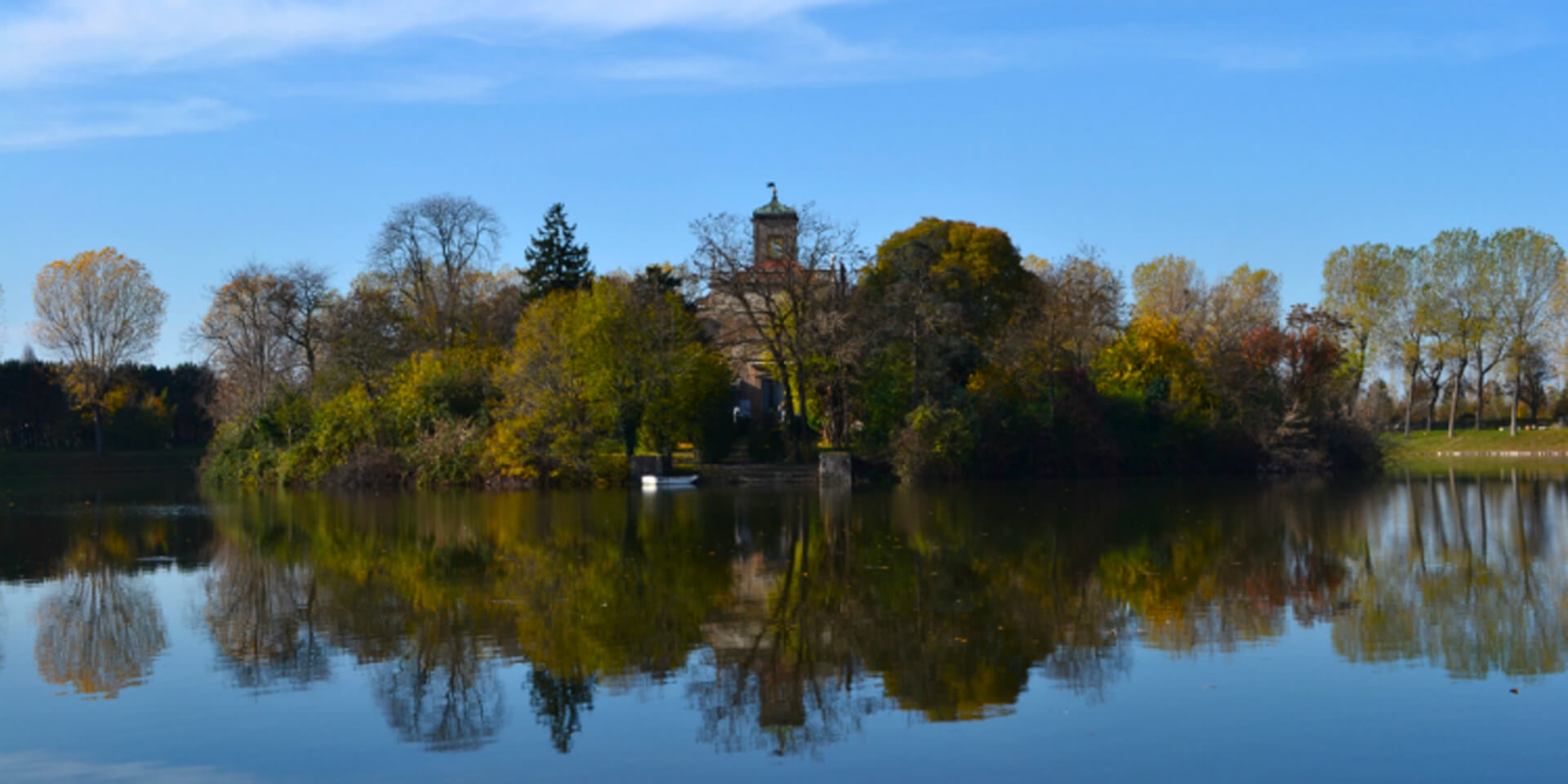
One of the most appreciated features of our Agriturismo is being surrounded by the Emilian countryside while at the same time being a short walk from the center of Reggio Emilia.
This itinerary suggests a walk, or even better, a leisurely bike ride, to explore the complex of Ducal Villas that belonged to the Este family since 1722. They built their own palace, taking inspiration from the famous Palace of Versailles.
The redevelopment in recent years of the cycle-pedestrian path connecting the historic center to the outskirts has given life to a beautiful route that connects our Agriturismo to the city through these points of historical interest and places frequented daily by the people of Reggio Emilia who wish to be outdoors and engage in sports.
ITINERARY BY STAGES: Corbelli Pond – Rivalta Palace – Caprette Park – Piazza Prampolini – Piazza San Prospero – Piazza Martiri del VII Lugio / Piazza della Vittoria – Piazza Fontanesi
TRAVEL TIME: 30 minutes by bike (without breaks)
DISTANCE: 11 km
DIFFICULTY: easy
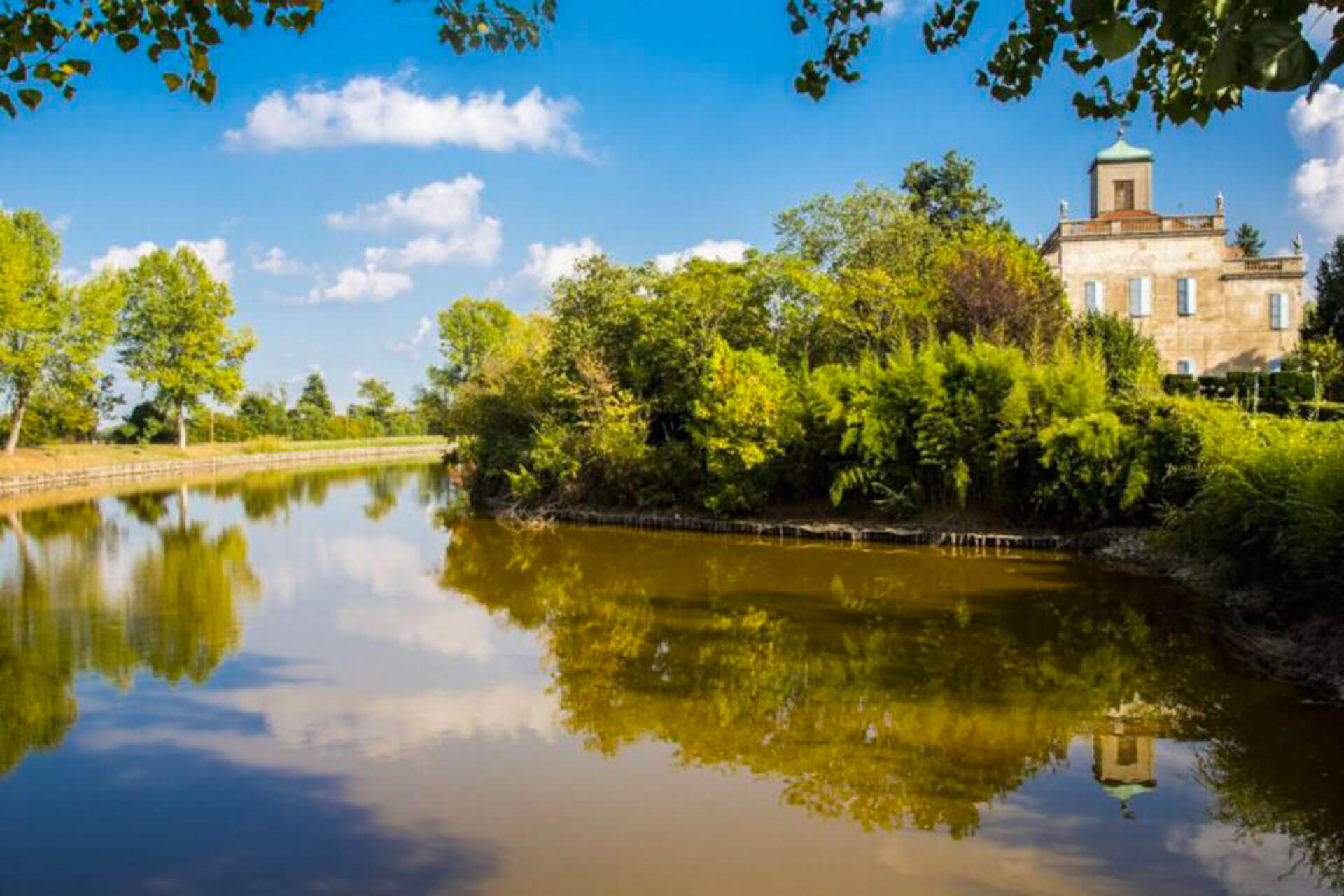
1) VILLA D’ESTE (CORBELLI POND):
The palace and the pond, originally conceived as a fishing retreat for Duke Francesco III d’Este, were part of the broader project of the Ducal Palace of Rivalta and its gardens. The oval pond collected the water necessary for the functioning of the fountains in the garden of the Rivalta Reggia, to which it was connected through still-existing underground conduits. The pond, in turn, was fed by the nearby Crostolo stream through a connecting canal, which originally was also the only access route to the villa, navigable only by small boats.
The Casino, also known as “Fuggi l’ozio” (Escape Idleness), partially preserves the frescoes created by Gian Filiberto Pagani from Modena (1764/1765).
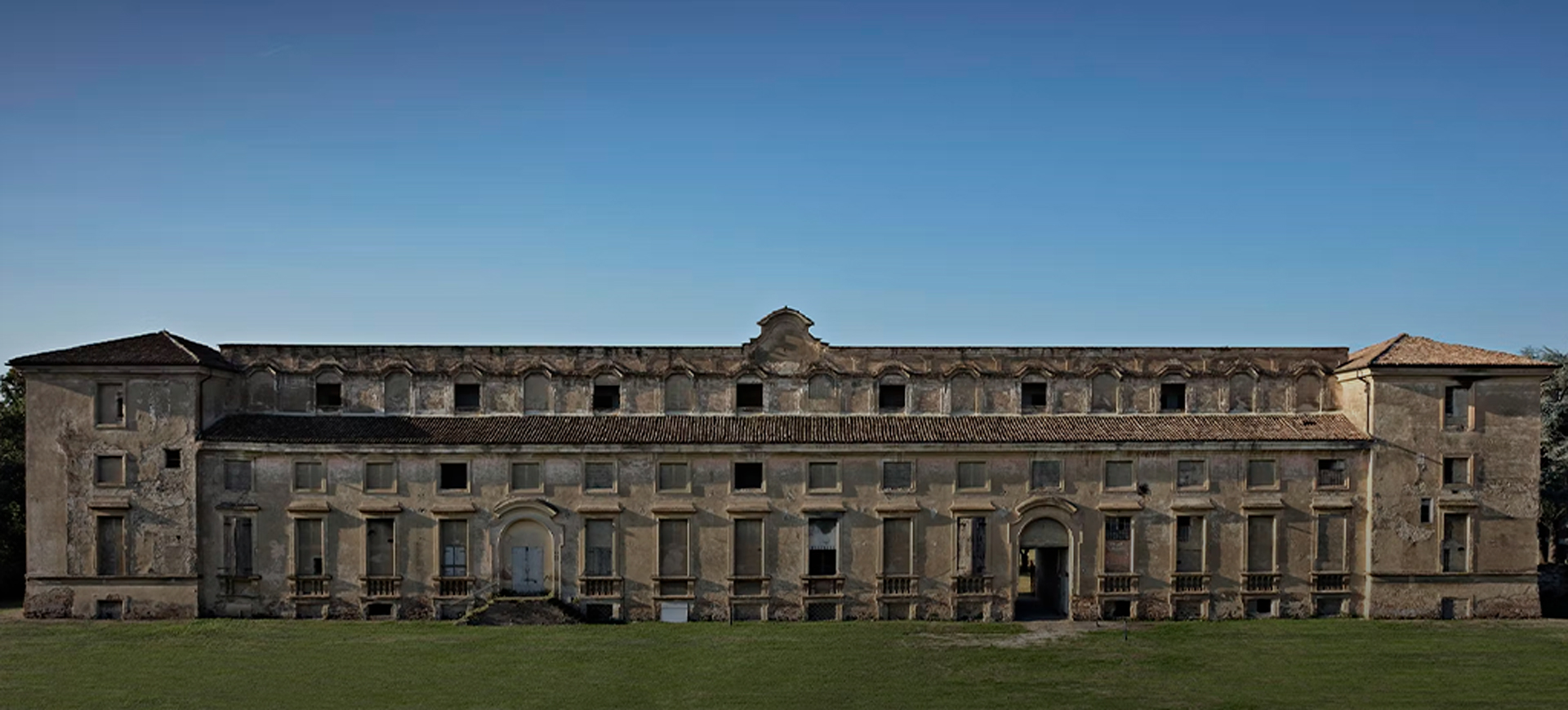
2) DUCAL PALACE OF RIVALTA:
Built starting in 1723 for Francesco III d’Este and Carlotta d’Orléans, the villa was part of a larger system that also included the villa of Rivaltella and the “vasca” (pond) of Corbelli. The project for this “Little Versailles” was initially entrusted to the Reggio architect G.M. Ferraroni and later to Bolognini (the author of the Tricolor Room).
Interesting fact: the area that includes our Farm and our Agriturismo was the part of the estate originally dedicated to the agricultural support of the property.
Between 1740 and 1760, the Reggia experienced its golden period, with grandiose parties echoing the splendor of Paris. In 1796, it was occupied by the troops of the Napoleonic army passing through the Po Valley. At the end of the occupation, the villa, stripped and damaged, was handed over to a committee of citizens who, around 1807, demolished some parts and converted the garden for agricultural use.
Today, only the south wing, probably originally intended for the servants, and the chapel, now in ruins and incorporated into agricultural buildings, remain. The perimeter fence of the park and gardens with water features using water from the nearby Crostolo stream still exists, as does an oval pond.
Many of the numerous statues that adorned the gardens were destroyed, some were removed and relocated to Parco del Popolo in Reggio, and two were placed on either side of the San Pellegrino bridge over the Crostolo stream. The statue depicting the latter was finally placed in the central Piazza Prampolini in the city, atop the fountain named after it.
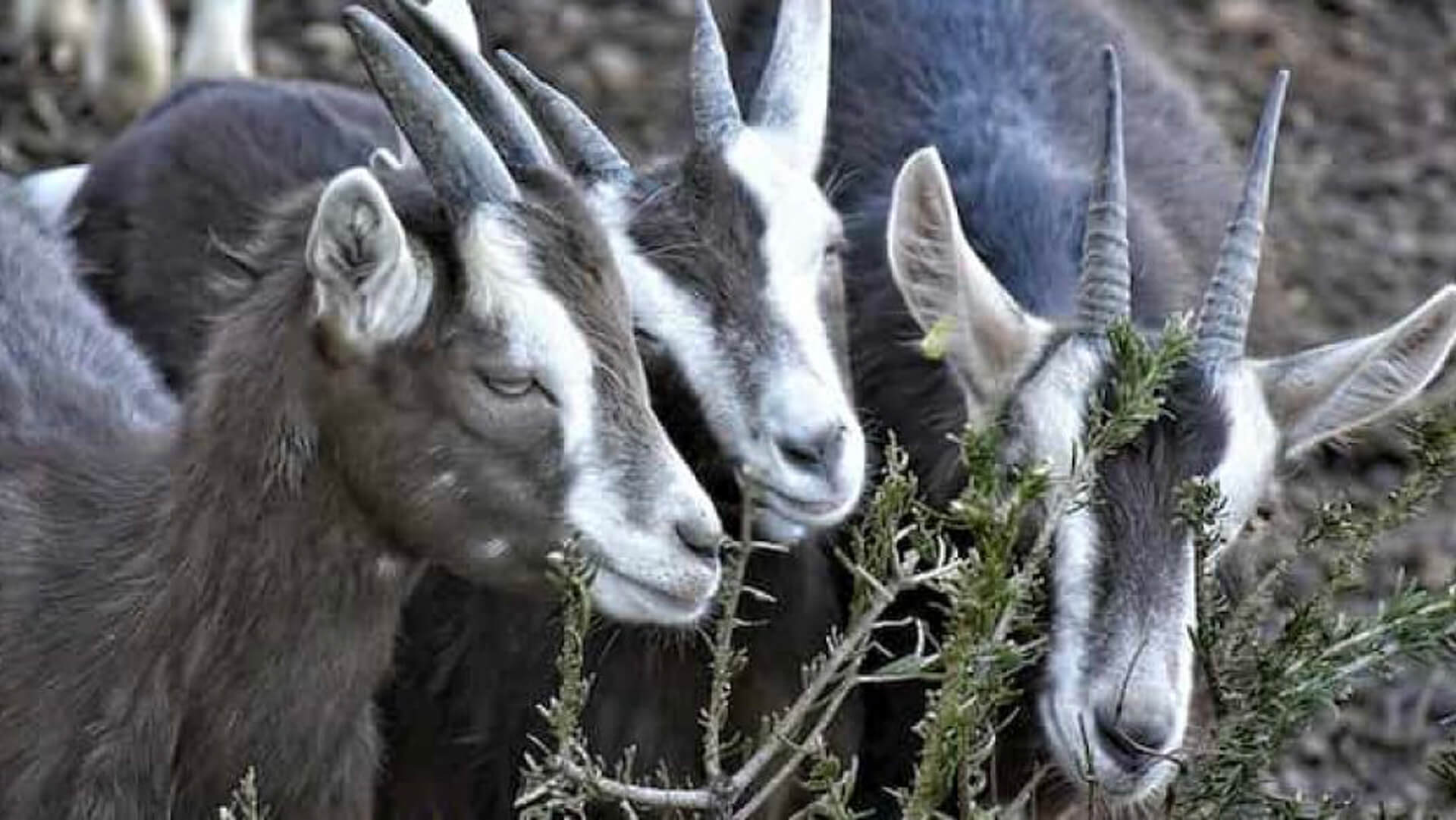
3) CAPRETTE PARK:
Continuing along the cycle-pedestrian path that follows the Crostolo stream and leads directly to the city center, you will come across Caprette Park.
The park has been designed with typical features of Central European green areas, creating a diversified system with large patches of trees and bushes interspersed with grassy clearings. A distinctive feature of the park is the presence of some Tibetan goats, from which it gets its name, freely roaming within the green space. The park also features the “Parco della Mente,” a path of exercises for the body and mind described on a series of panels.
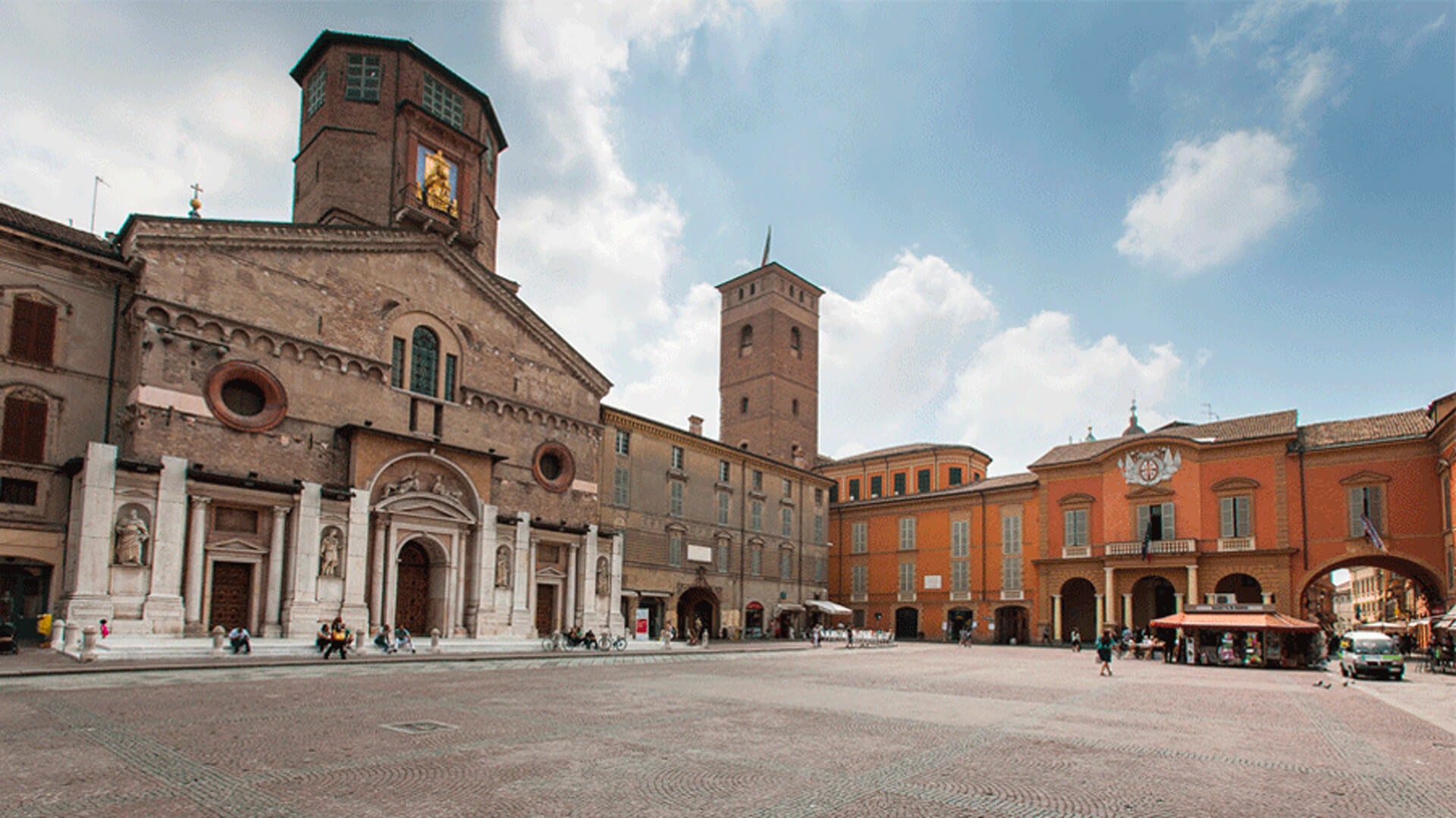
We recommend to tourists visiting Reggio Emilia for the first time to take a stroll starting from the grid of central squares.
Piazza Prampolini:
The main representative square of the city, where the seats of civic, religious, and economic functions converge. Here, facing the square, you’ll find the Cathedral, of Romanesque origin and altered several times over the years, and the Town Hall, with the attached Tricolor Museum. In 1797, the baptism of the flag of the Cispadane Republic, a precursor to the Italian flag, took place in this square.
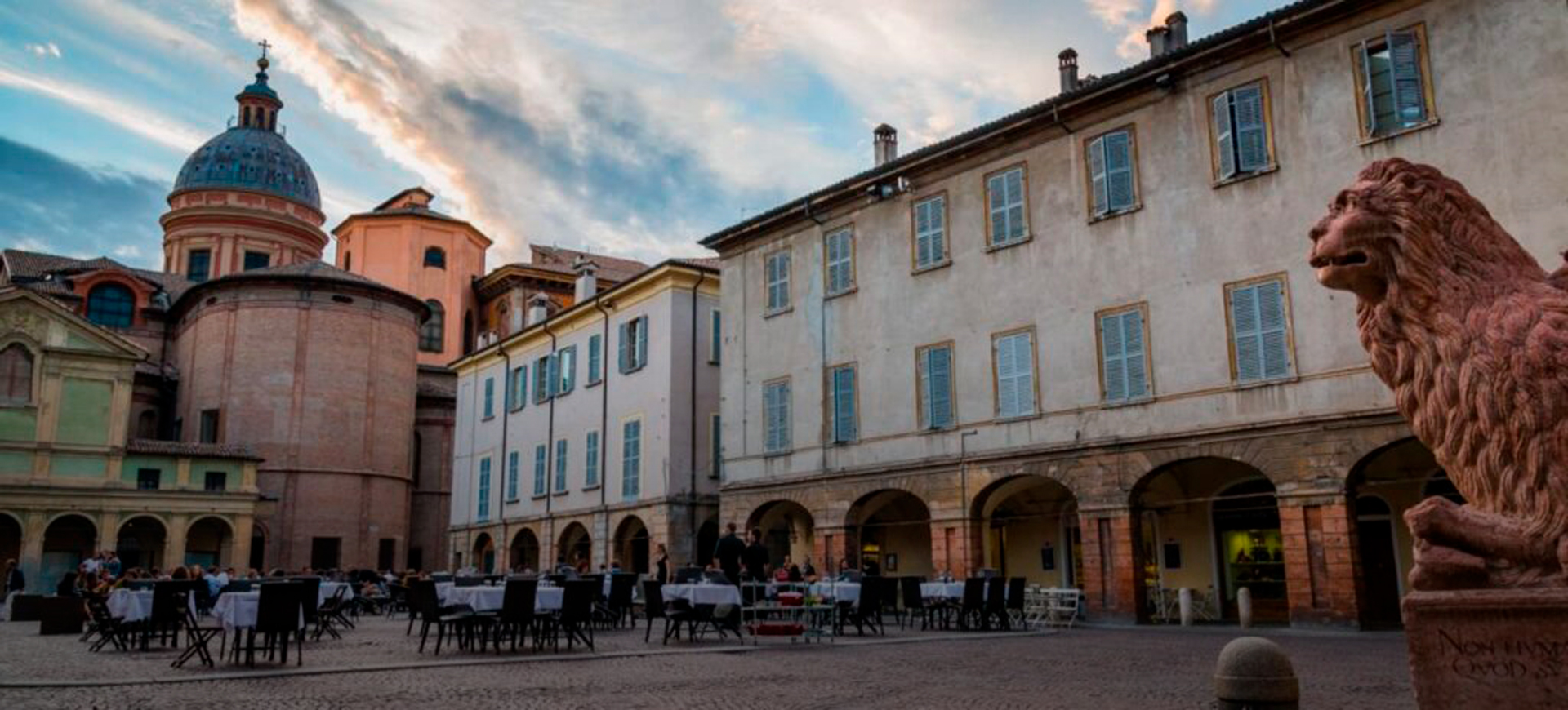
Piazza San Prospero:
Rising prominently on the square’s steps is the Church of San Prospero, one of the city’s oldest, dedicated to the patron saint of Reggio Emilia. Externally protected by six lions in red Verona marble, its interior, comprising a single large and luminous nave, houses carved Baroque galleries and canvases by artists from Reggio Emilia and Bologna from the 17th century.
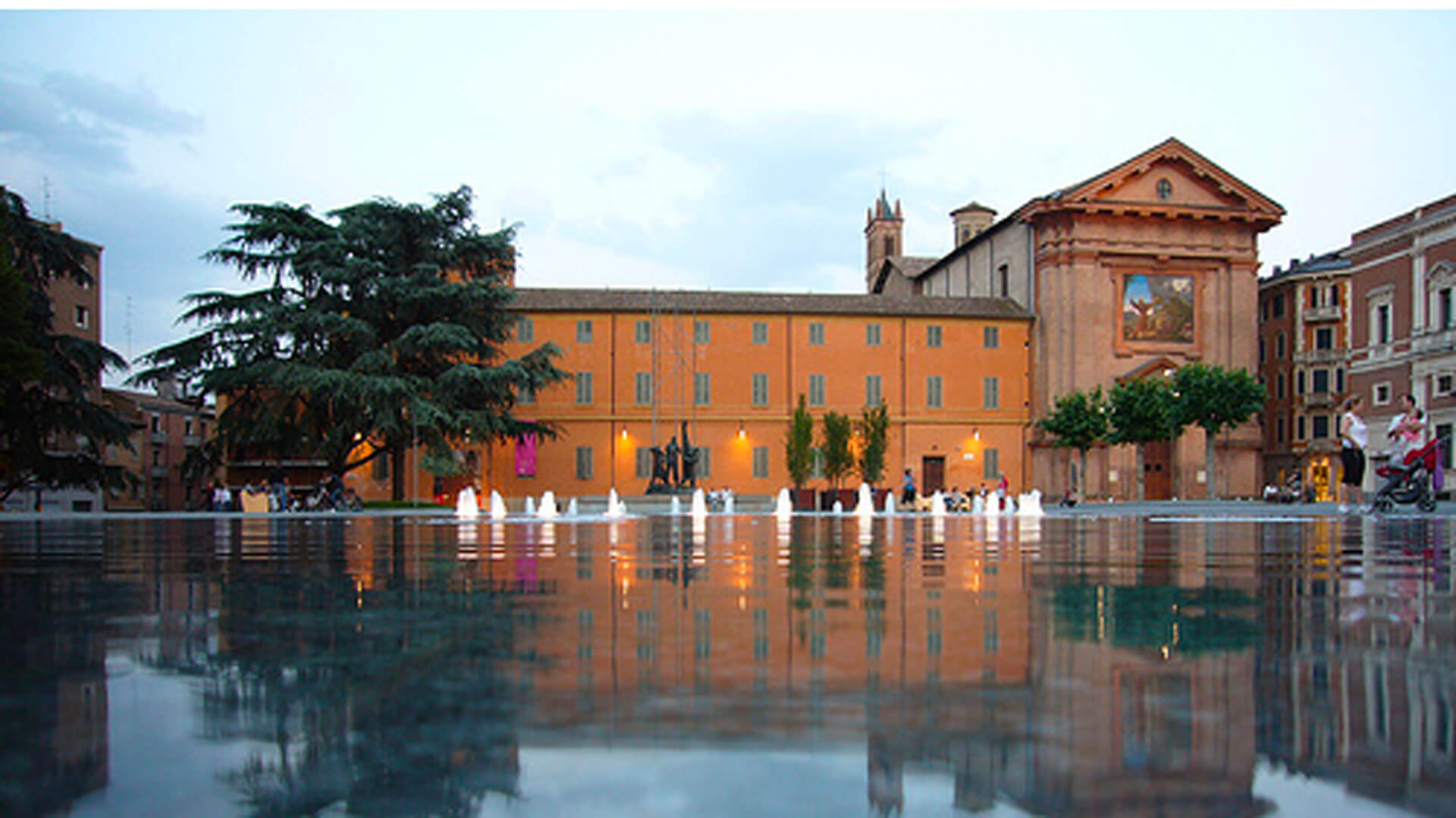
Piazza Martiri del VII Luglio and Piazza della Vittoria:
Symbolic places of the city where various elements of cultural life unfold. From the Teatro Valli, one of the most beautiful and functional in Europe, to the Palazzo dei Musei, born from the collections of Lazzaro Spallanzani and now also hosting temporary exhibitions; from the Galleria Parmeggiani, an eccentric Gothic-style building incorporating three 19th-century collections, to the Spazio Gerra, a striking glass-walled structure hosting exhibitions of photography, contemporary painting, video, and graphics.
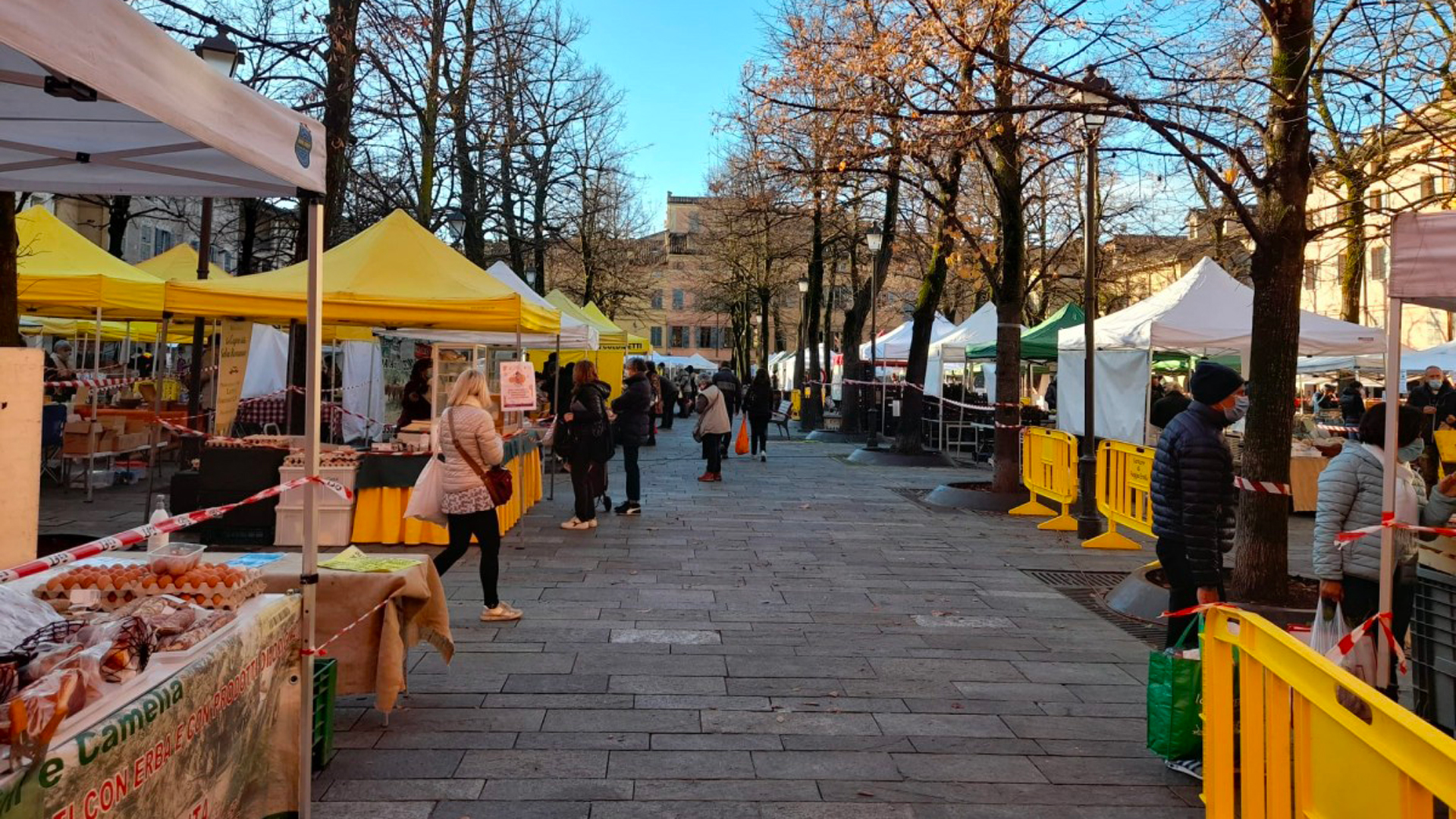
Piazza Fontanesi:
Home to the farmers’ market on Saturday mornings, it is surrounded by houses with restored fifteenth-century porticos in beautiful original colors. It is one of the busiest places in the summer evenings due to the presence of numerous bars and restaurants that offer excellent aperitifs and dinners.